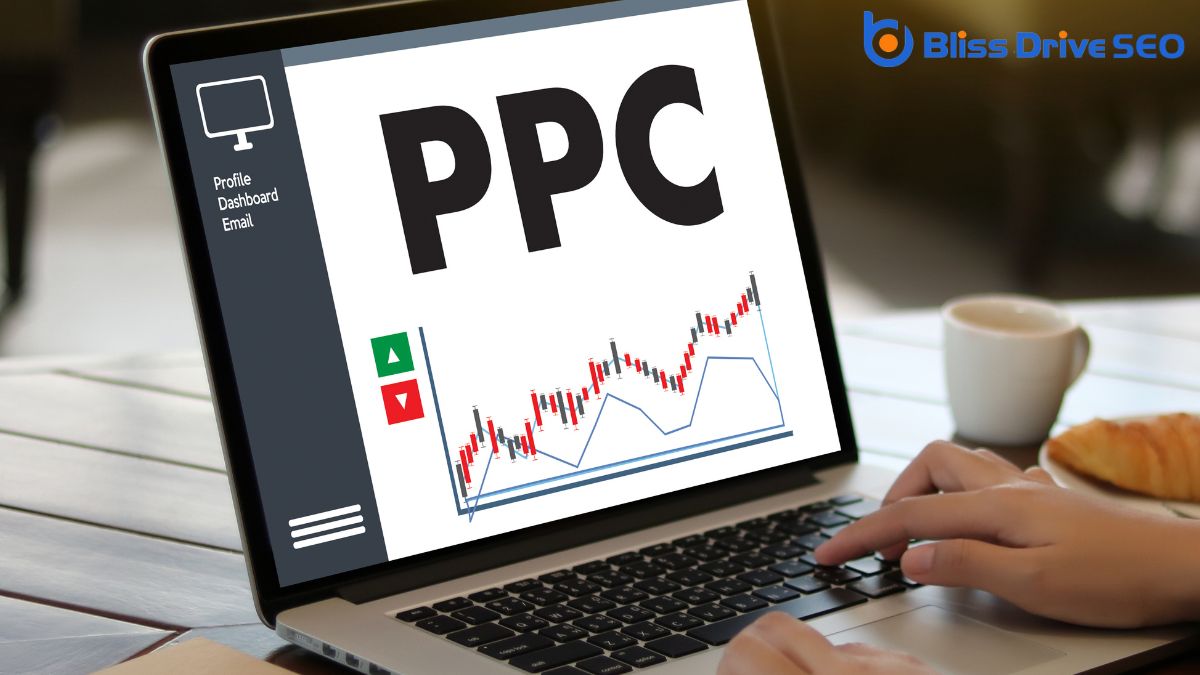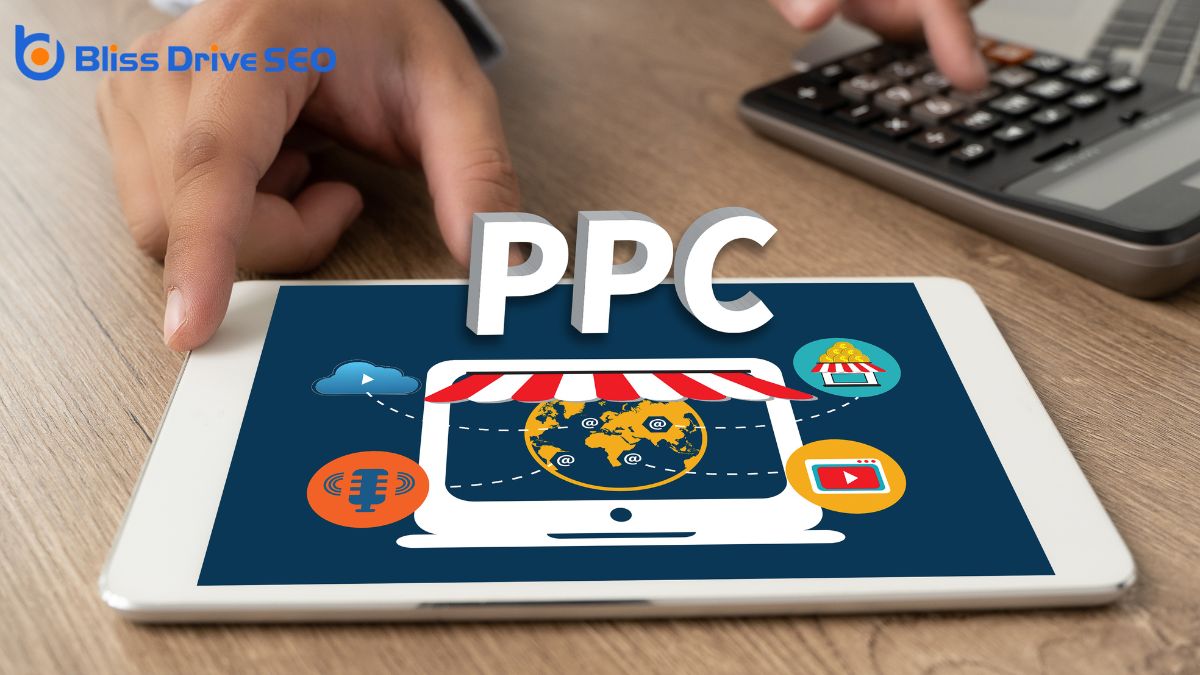Digital Marketing Services
Learn More About Us

When you're considering whether paying for Google Ads is worth it, you need to weigh the potential benefits against the challenges. On one hand, Google Ads offers precise targeting and measurable results, which can enhance your business's visibility and sales. On the other hand, there's the ongoing need to manage costs, prevent click fraudThe act of repeatedly clicking on an ad to generate fraudulent charges or revenue., and address ad fatigueWhen an audience becomes overly exposed to an ad, leading to decreased engagement.. It's not just about setting up a campaignA set of ad groups sharing a budget, targeting options, and other settings. and expecting results; it's about strategic planning and continuous optimization. So, how do you make sure you're getting the most bang for your buck with Google Ads? Let's explore.

Exploring the realm of Google Ads begins with understanding its basic elements. Google Ads is a potent tool that can drive traffic to your website. To make the most of it, you'll want to grasp the essentials: keywordsWords or phrases that users type into search engines to find information., ad formats, and targeting options.
Keywords are the terms potential customers might use when searching for products or services you offer. Choosing the right keywords can greatly impact your ad's success.
Next, consider the various ad formats available. Text ads are the most common, appearing at the top or bottom of Google's search results. You can also explore display adsVisual-based ads that appear on websites, apps, or social media., which appear on websites within Google's network, or video adsAdvertisements that play video content, often on platforms like YouTube or social media., shown on YouTube. Each format has its strengths, so think about which suits your goals best.
Targeting options let you narrow down who sees your ads. You can target by location, language, and even specific interests. This helps your ads reach the right audience, increasing the chances of engagementThe interactions that users have with a brand’s content on social media.. By gaining a solid grasp of these components, you're better equipped to create effective campaigns that align with your business objectives and reach the people who matter most.
Now that you have a solid understanding of Google Ads' foundational elements, it's essential to consider how costs are structured and how to effectively manage your budget. Google Ads operates on a pay-per-click (PPC)An online advertising model where advertisers pay a fee each time their ad is clicked. model, meaning you only pay when someone clicks on your ad. You can set a daily budget for each campaign, allowing you to control your spending and avoid unforeseen costs.
Understanding cost-per-click (CPC) is vital. CPC varies based on factors like keyword competitiveness and ad quality. High-demand keywords typically cost more, so you'll need to balance keyword selection with your budget. Google uses an auction system to determine ad placement, where higher bids can improve visibility, but that doesn't mean you should always bid high. A quality scoreA metric used by Google Ads to measure the relevance and quality of keywords and ads., which considers ad relevanceThe measure of how closely an ad matches the intent of a user's search query. and landing pageThe web page a user is directed to after clicking on an affiliate link, optimized for conversions. experience, can lower your costs and help you secure a good position.
Strategically, you might want to start with a smaller budget, test different campaigns, and analyze which ones perform best. Allocating funds to top-performing ads maximizes your investment.
Regularly reviewing your campaigns helps you adjust your budget and bidding strategy to guarantee efficiency and effectiveness.
To measure your ROI effectively, you need to track conversionThe completion of a desired action by a referred user, such as making a purchase or filling out a fo... metrics accurately. This means keeping a close eye on actions like purchases, sign-ups, or any desired outcomes from your ads.
Once you've gathered this data, calculate the cost-benefit ratio to determine if your ad spendThe total amount of money spent on advertising campaigns. is delivering value.
When it comes to effectively managing successful Google Ads campaigns, tracking conversion metrics accurately is vital for measuring your return on investment efficiently. Without precise tracking, you won't truly know which ads are driving sales or generating leads.
Start by setting up conversion trackingThe process of monitoring and measuring actions taken by users after clicking on an ad. in your Google Ads account. This involves adding a snippet of code to your website, which lets you see what users do after interacting with your ads.
Pay close attention to key metrics like conversion rateThe percentage of visitors who complete a desired action, such as making a purchase or filling out a..., cost per conversion, and conversion value. These figures will help you determine how well your ads are performing and whether you're getting your money's value.
For instance, a high conversion rate might indicate that your ad's message aligns well with user intent, while a high cost per conversion could suggest the need for optimization.
Additionally, use tools like Google AnalyticsA web analytics service offered by Google that tracks and reports website traffic. alongside your Google Ads data for a more thorough view of user behavior. It's essential to regularly review and refine your campaigns based on the insights you gather.
Calculating the cost-benefit ratio is essential for measuring the effectiveness of your Google Ads campaigns. It helps you understand whether the money you spend on ads translates into tangible returns. To get started, gather the total cost of your Google Ads and the revenue generated from these campaigns. By dividing the revenue by the cost, you can derive the cost-benefit ratio. This ratio will help you make informed decisions about your advertising budget and strategy.
Consider these key points to enhance your understanding:
When you're setting up Google Ads, precision audience targeting is key to making sure your message reaches the right people.
By using specific demographics and interests, you can narrow down your audience effectively.
This approach not only maximizes your ad spend but also helps expand your market reach by connecting with potential customers you might've missed otherwise.
To maximize the effectiveness of your Google Ads campaigns, precision audience targeting is essential. By honing in on specific groups, you increase the chances of reaching those most likely to engage with your ads. This approach isn't just about narrowing your scope; it's about guaranteeing your message resonates with the right people.
Here are three key aspects to focus on:
Although precision audience targeting is essential, expanding your market reach is equally important for the growth of your Google Ads campaigns. You might think focusing solely on a specific audience segment maximizes your investment. However, reaching a broader audience can uncover untapped potential and boost conversions. By using Google Ads' various tools, you can guarantee your ads reach new demographics.
First, consider using Google's Display NetworkA group of more than two million websites, videos, and apps where Google Ads can appear.. This tool places your ads on a wide array of websites, potentially reaching millions of users worldwide. It's a great way to attract interest from users who may not be actively searching for your product but could be interested once they see your ad.
Next, leverage Google's audience expansion features. These tools allow you to reach people similar to your existing customer base, expanding your market naturally. Implementing these features helps you identify new potential customers who might share the same interests or behaviors as your current audience.
Lastly, location targeting is utilized to reach new geographic areas. By expanding regionally or even globally, you increase your brand's visibility, tapping into new markets and increasing your ad's effectiveness. Remember, a broader reach often means more opportunities.
Diving into the advantages of Google Ads, you'll quickly see how this powerful tool can boost your business's visibility and reach. One major benefit is its ability to target specific audiences. Google Ads allows you to tailor your campaigns based on demographics, location, and even user behavior, ensuring that your message reaches the right people at the right time.
Another advantage is the measurable results it provides. With Google Ads, you can track your ad performance in real-time, giving you insights into what's working and what needs adjustment. This data-driven approach helps you optimize your campaigns for better outcomes.
Here are three key advantages of using Google Ads:
When you pay for Google Ads, budget constraints can quickly become a concern, as costs can spiral if not carefully managed.
You also face the risk of click fraud, where competitors or bots click on your ads, wasting your resources.
Additionally, ad blindness is a real issue, causing potential customers to overlook your ads entirely.
In the field of digital marketing, budget constraints can greatly affect the effectiveness of your Google Ads campaigns. When funds are tight, you might struggle to compete with larger companies that have more resources. Limited budgets can restrict your ad visibility, frequency, and reach, making it difficult to gain the desired traction and return on investment. You need to carefully consider how to allocate your budget to maximize impact.
If you're working with a tight budget, here are some potential challenges you might face:
It's essential to prioritize your spending and focus on high-performing ads or specific audience segments that offer the best return. While budget constraints are a drawback, with careful planning and strategy, you can still achieve effective results. Always monitor your campaigns closely and make adjustments where necessary.
Click fraud poses a significant threat to your Google Ads campaigns, especially when you're operating with a limited budget. It involves illegitimate clicks on your ads, often generated by competitors or automated bots, which waste your ad spend and skew your campaign data. This type of fraud can quickly deplete your budget, leaving you with little to show for your investment.
You might notice an increase in clicks but no corresponding rise in conversions, indicating potential click fraud.
To address this issue, you need to adopt proactive measures. Monitor your ad performance closely, scrutinizing for unusual patterns like sudden spikes in clicks from specific locations or devices. Google Ads has built-in tools to help detect and filter out invalid clicks, but they aren't fail-safe. Consider using third-party click fraud detection software for additional protection.
Another strategy involves refining your targeting settings. By narrowing down your audience and excluding suspicious locations from your campaigns, you reduce the chances of fraudulent activity. Stay informed about the latest trends in click fraud and adjust your strategies accordingly. Safeguarding your ad spend guarantees you're getting the most out of your Google Ads investment.
Ad blindness is a common challenge advertisers face when running Google Ads campaigns. With users bombarded by countless ads daily, it's easy for them to start ignoring yours, no matter how relevant they might be. This phenomenon occurs when users subconsciously overlook banner-like information, making your ads less effective. If you're considering Google Ads, it's essential to understand how ad blindness could impact your campaigns and what measures you can take to minimize its effects.
Here are some key reasons why ad blindness happens:
To counteract ad blindness, you need to focus on creating engaging, unique, and visually appealing ads that stand out. Regularly updating your ad content and design can help maintain user interest. You should also consider targeting your ads more precisely to make sure they're reaching the right audience. By understanding and addressing ad blindness, you maximize the potential of your ad spend and improve your campaign's effectiveness.
When you're contemplating paying for Google Ads, exploring alternatives can provide valuable insights into the most effective advertising strategy for your needs. It's crucial to weigh the pros and cons of different platforms and methods to make sure you're getting the best return on investment.
Social media advertising, for instance, offers a way to target specific demographics with precision. Platforms like FacebookA social networking site where users can post comments, share photographs, and links to news or othe... and InstagramA photo and video-sharing social networking service owned by Facebook. allow you to interact directly with users and create personalized content that resonates with your audience.
Another option is search engine optimization (SEO), which focuses on enhancing your website's organic visibility. While it demands time and effort, a well-executed SEO strategy can drive traffic without ongoing advertising costs.
Email marketingThe use of email to promote products or services, build relationships with potential customers, and ... is also a potent tool, enabling you to reach potential customers directly. By crafting engaging and informative emails, you can build relationships and encourage conversions without relying solely on paid ads.
Consider pay-per-click (PPC) campaigns on other search engines like Bing, which might be less competitive than Google Ads. Ultimately, the right combination of these strategies depends on your goals, budget, and target audience. By comparing alternatives, you can make informed decisions that align with your business objectives.
Success in advertising often hinges on real-world examples that illustrate what's possible with the right strategy. When it comes to Google Ads, countless businesses have experienced remarkable success by harnessing its potential. By seeing how others have thrived, you can gain valuable insights and inspiration for your own campaigns.
Consider these standout success storiesA feature on platforms like Instagram and Facebook where users can post photos and videos that disap...:
These examples demonstrate the transformative power of Google Ads when used strategically. By learning from these success stories, you can better understand how to tailor your approach and maximize your advertising investment.
Exploring the world of Google Ads demands a tailored approach, particularly when considering industry-specific needs. You might wonder why this is important. Different industries have unique audiences, competition levels, and keywords that can greatly influence your ad strategy.
For example, if you're in the e-commerce sector, you'll concentrate on product-based keywords, seasonal trends, and competitive pricing. Conversely, a service-oriented business might give priority to local targeting and customer reviews.
Understanding your industry's nuances allows you to customize your ads effectively. If you're in real estate, you might highlight location-specific keywords and utilize ad extensionsAdditional information added to ads, such as phone numbers or links to specific pages. to exhibit property listings. Conversely, a healthcare provider could emphasize keywords related to treatments and utilize demographic targetingDelivering ads to users based on their demographic information, such as age or gender. to reach potential patients.
It's vital to analyze your competitors within your industry. Are they employing aggressive bidding strategies? Do they've a strong presence in search results? Understanding this helps you refine your approach. Additionally, consider the customer journeyThe complete experience a customer has with a brand, from initial awareness to post-purchase interac... in your field. Some industries entail longer decision-making processes, impacting how you design your ad funnel.

Incorporating expert opinions and insights into your Google Ads strategy can provide invaluable guidance and enhance your campaign's effectiveness. By learning from those who've mastered the platform, you can avoid common pitfalls and optimize performance. Experts often highlight key strategies that can transform your approach. Don't just rely on trial and error; leverage the insights from those who've been in the trenches.
Consider these expert-backed strategies:
In the end, paying for Google Ads can be a smart move if you approach it strategically. By understanding the basics, managing your budget wisely, and targeting the right audience, you can drive valuable traffic to your site. Don't forget to measure your ROI and keep optimizing your campaigns. While there are alternatives, the advantages of Google Ads make it a strong contender. Learn from success stories and industry insights to guarantee your investment pays off.
